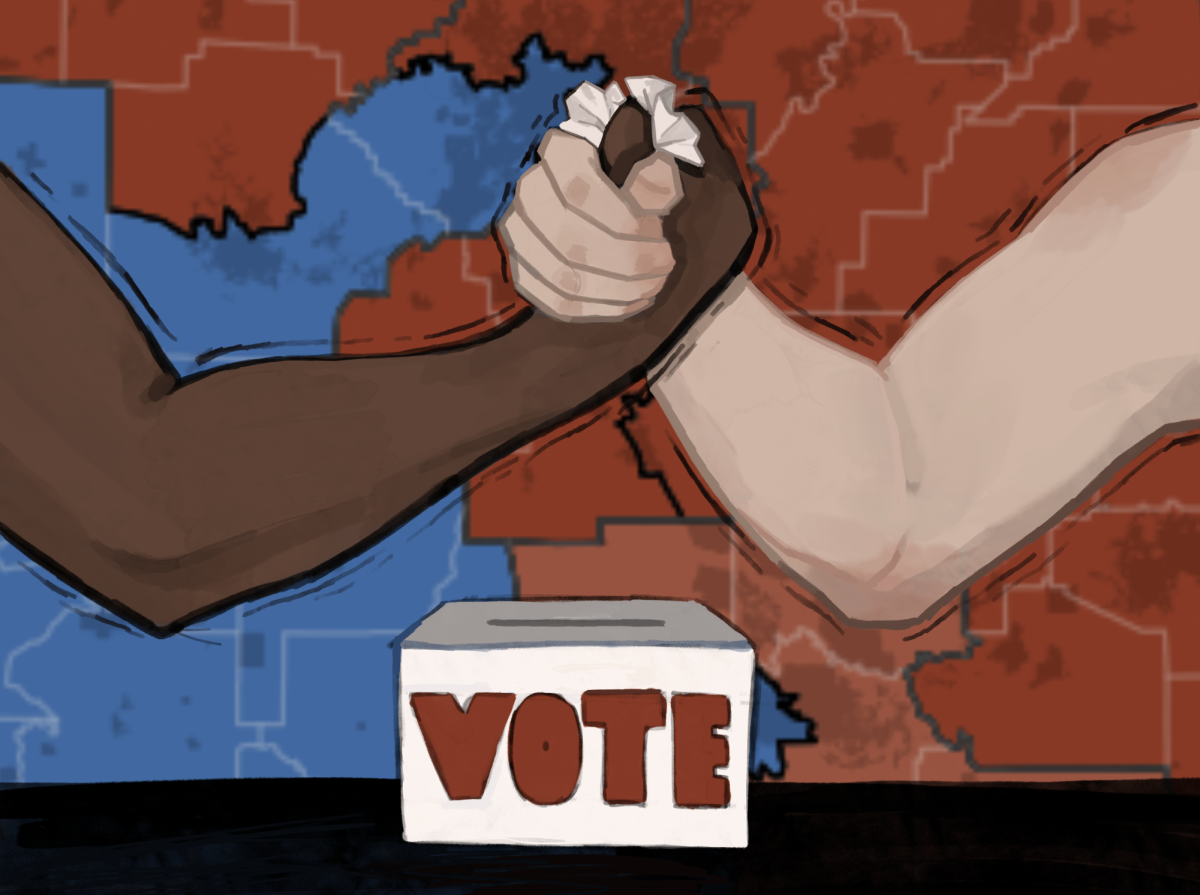In June 2023, the initial maps drawn by the Alabama state legislature were ruled by the Supreme Court to be unconstitutional since it decreased the power of Black voters. In its second appeal, Alabama ignored the Court’s ruling, only marginally increasing voting power of the Black population.
When the Supreme Court gave their original judgment in June, they asked for two Black majority voting districts. Social studies teacher Karen Henry was surprised at Alabama’s actions in September.
“[Alabama’s state legislature] gave them one district. They flat out didn’t do it, and that’s something that has surprised a lot of people they call court watchers,” Henry said. “It’s not something that usually happens.”
The Associated Press reported that the panel overseeing the case, made up of three judges, wrote they are “deeply troubled” by how the Alabama state legislature defied their instructions. After the panel denied the redrawn maps, Alabama appealed to the Supreme Court for the second time.
Senior Grace Calfee believes Alabama was justified to appeal to the Supreme Court.
“Alabama did the right thing appealing it just in order to show that they have some say in what goes on in their state,” Calfee said.
Calfee holds that Alabama is in the wrong, believing that the federal government still has the right to ensure that people’s rights are protected.
“I think that the map that was being proposed by Republicans definitely did not take into consideration a lot of the voting population,” Calfee said.
The Supreme Court elected to reject Alabama’s second appeal on Sept. 28, forcing Alabama to comply with maps drawn by a neutral third party.
On Oct. 5, a new map drawn by the third neutral party was chosen. The selected map gives Black voters two districts that have a fair chance of electing a Black representative.
Historically, Black voters opt to vote for Democratic candidates in Alabama. With two Black majority districts in Alabama, there is a likely chance that a House of Representative seat will flip from Republican to Democratic.
Both parties, Democratic and Republican, employ gerrymandering, the manipulation of voting districts, in states they control in order to keep their control. The Alabama Voting District Case is an example of the widespread gerrymandering in the United States.
Science teacher Eric Wozadlo believes that the behavior of the Alabama legislature is a sign of potential chaos in the government.
“I think it’ll lead to continued dysfunction and disaffection of certain voters and an eroding of our democracy,” Wozadlo said.
As of Oct. 11, a South Carolina case involving voting district gerrymandering has been revived in the Supreme Court. Another similar case is currently ongoing in Louisiana regarding the validity of Louisiana’s congressional map.
Henry believes the Alabama court case was among the few cases that broke centuries of precedent and defied the Supreme Court, presenting a danger to democracy.
“It’s setting a dangerous precedent because it is challenging the system that we’ve always gone by,” Henry said.


